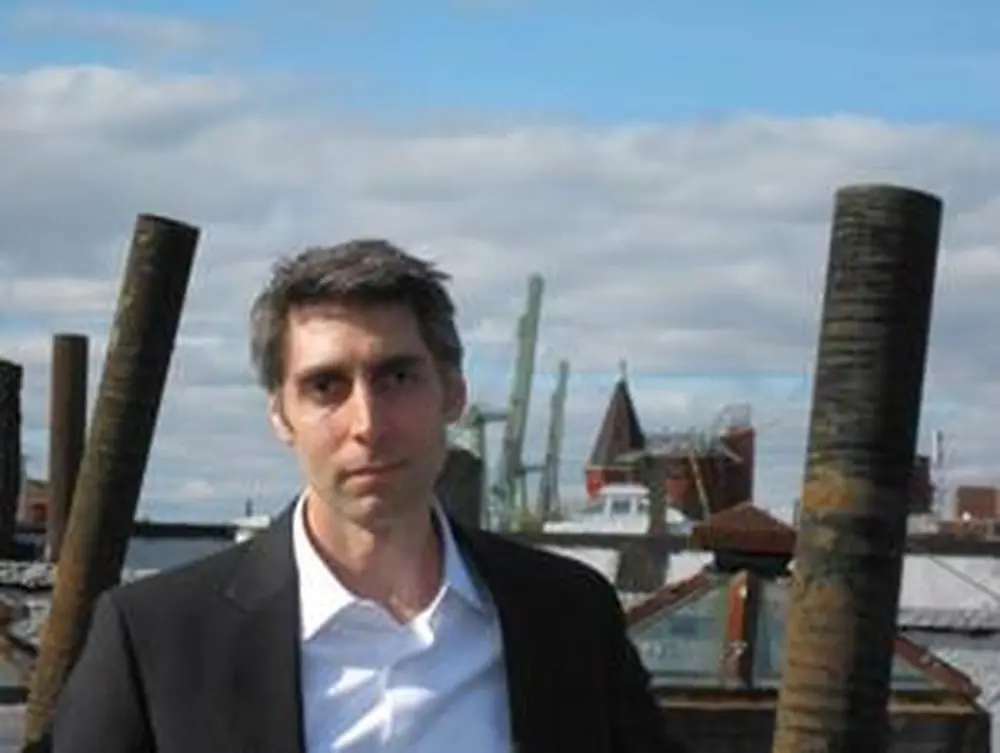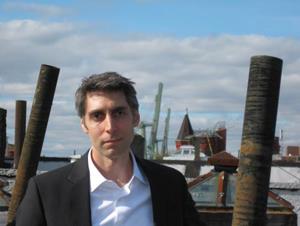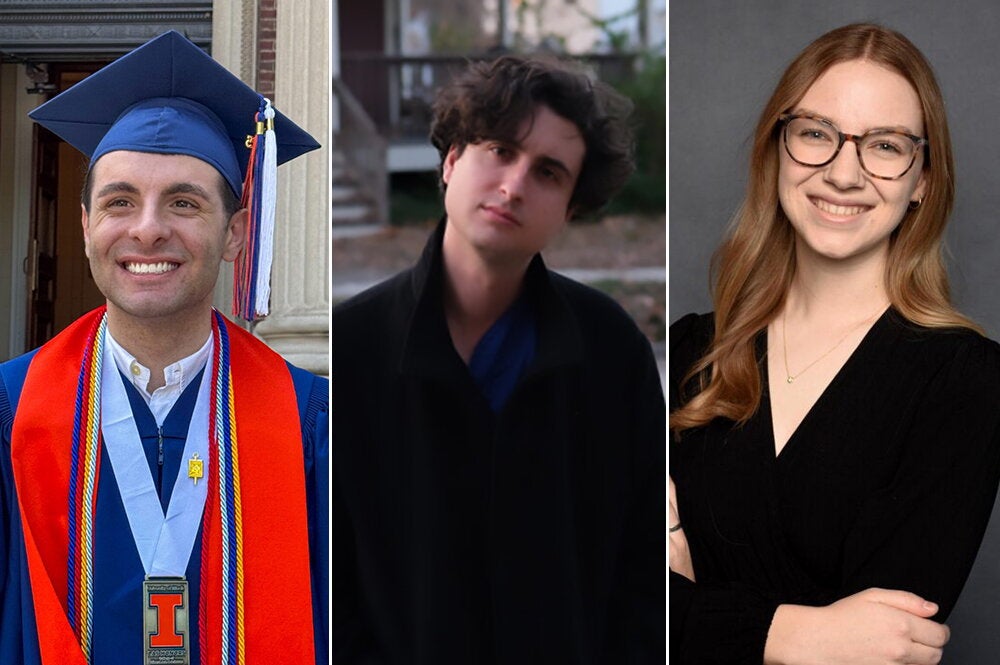

Alex Shakar was in Brooklyn, getting ready to leave his parents’ apartment, when he first heard the news on the radio. He and his father climbed out onto the fire escape and clambered up to the roof, where they could see smoke pouring from the first of the Twin Towers. It was September 11, 2001.
When the first tower came down and Shakar absorbed this “sickening loss,” everything that he had been filling his head with during the past year “snapped away like an idle minute’s daydream,” he recounted in an online essay.
Throughout 2001, Shakar had been absorbed with his first novel, The Savage Girl, which was due to be released only one week later. As he lay down in his parents’ apartment, he realized the book would probably disappear in the enormity of 9/11, but as he put it, “My loss was meaningless compared to those who’d lost for real. Then I went out and walked around, trying to volunteer for something like everyone else.”
2001 was a turning point for Shakar, whose previous book, an award-winning collection of short stories, earned him an advance of $100 from an experimental publisher. With The Savage Girl, he suddenly found himself caught up in the thick of the New York publishing world, watching in shock as the bidding on his novel hit six figures and kept on going.
“It was a tumultuous time but very exciting,” recalls Shakar, an LAS professor of creative writing.
Now, 10 years later, September 11 is being remembered and Shakar has released his second novel, Luminarium, which takes place in 2006 in the period leading up to the fifth anniversary of 9/11. The book explores the dramatic division between secular and religious culture in the United States in the wake of 9/11.
Luminarium was inspired by an article he read about a Canadian researcher who invented an electro-magnetic helmet that gave people a “sensed presence” experience. His new novel features a person who creates a similar helmet that gives people spiritual experiences. The book uses this device to launch an examination of science and mysticism, which is ironic because Shakar often views his writing process as a collaboration between “the scientist and the mystic.”
When he begins working on a project, he does extensive research and outlining—the “scientist” part of the process. “But then I’ll start writing and immediately all of my outlining will go out the window” he says. “I’ll try to stay in the truth of the moment of whatever is happening in a scene. I’ll follow that thread wherever it takes me.”
This is the “mystic” part of the writing process.
Eventually, though, he’ll get lost in the story and will have to pull back and create a new outline before he resumes writing. Shakar continues this back and forth process, moving between the “scientist” and the “mystic” until the book is complete—which for Shakar can be a long development. The Savage Girl took five and a half years to write, while Luminarium took 10 years.
“By doing substantial rewriting, I wind up giving my stories a new backbone and a whole new heart and spine,” he says. “I don’t know if my approach is the most efficient process, but it helps me get elements of both meaning and mystery into the book. Both are essential for a successful piece of writing, especially a novel, which requires both structure and surprise.”
Without structure, he says that a novel “can’t quite figure out where to go.” Reading such a novel can feel “like being trapped in someone else’s meandering daydream.”
On the other hand, a scientifically crafted story runs the risk of being too precisely calibrated. As he expressed it in a Wall Street Journal article, “A good story is less a machine than a whole little world seeking its own purpose and highest nature. The writing of it is less a feat of engineering than an act of communion, letting go of your preconceptions to better respond to the story’s own evolving, moment-to-moment needs.”
Shakar says he is always striving to combine the best of both worlds—the scientist and the mystic. He compares this process to a scientist “who designs a highly experimental trial—perilous, but risky, but with the potential for great discoveries. Then, with no volunteers in sight, she enters the experiment as her own test subject.”
Just as this scientist enters into her own experiment, an effective novelist structures the story and then enters into the world he has created. “At which point,” Shakar says, “there may not be the slightest difference between science and faith.”


